Find Help
More Items From Ergsy search
-
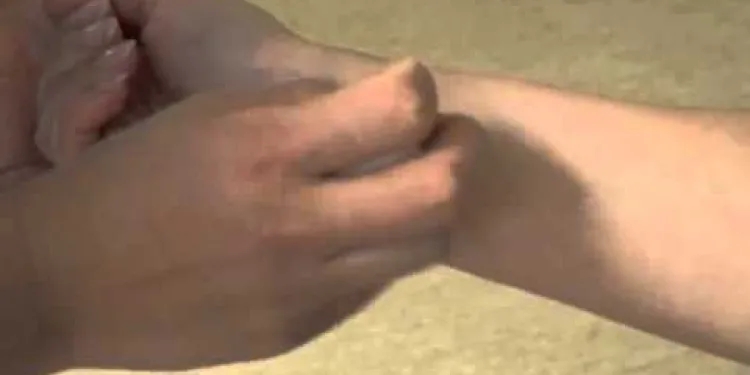
Using pressure points to relieve nausea
Relevance: 100%
-

Is nausea a frequent side effect of Ozempic?
Relevance: 31%
-
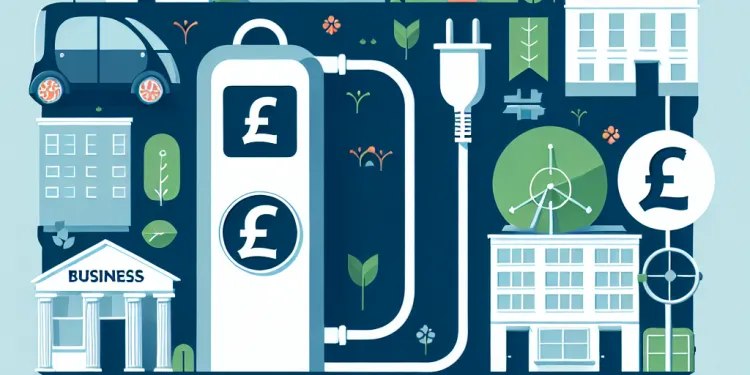
Are there grants for businesses to install charging points?
Relevance: 25%
-
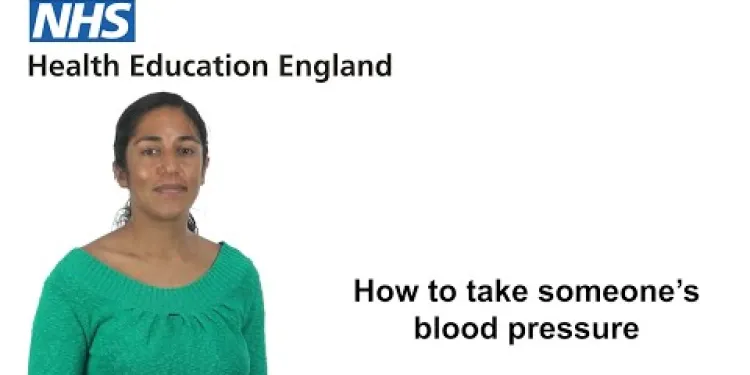
How to take someone's blood pressure
Relevance: 22%
-

How can I tell if a security camera is pointing at my property?
Relevance: 21%
-
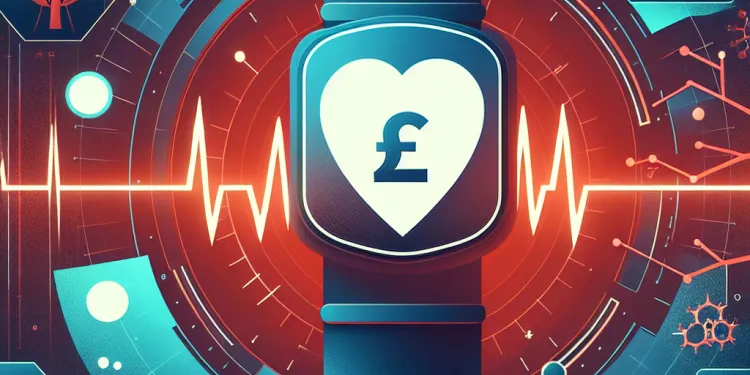
What causes high blood pressure?
Relevance: 20%
-
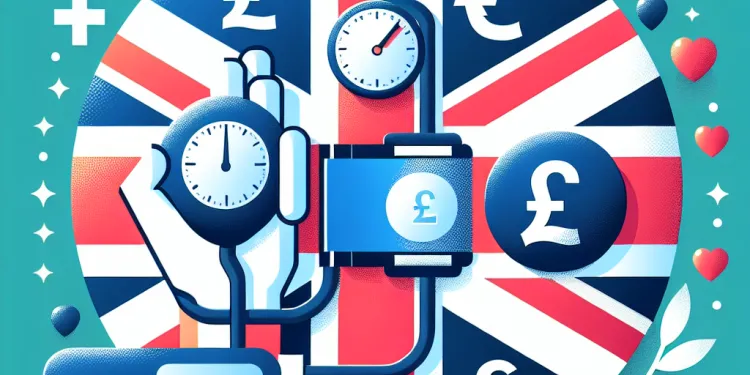
What is high blood pressure?
Relevance: 20%
-

Are there any self-tests for eye pressure?
Relevance: 20%
-
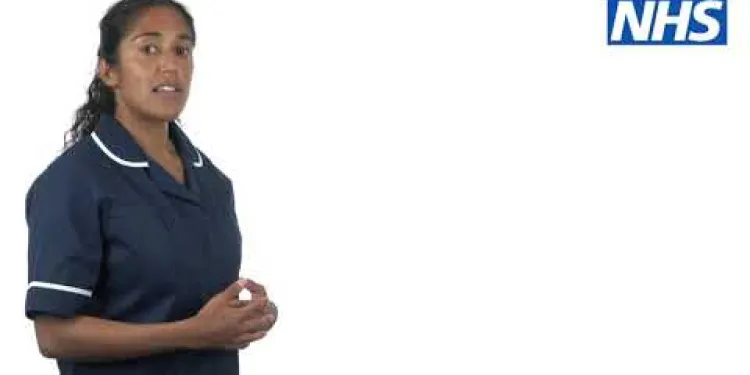
Seven Reaasons For Measuring blood pressure
Relevance: 19%
-

Can my neighbour legally point a security camera at my property?
Relevance: 19%
-

How is high blood pressure diagnosed?
Relevance: 19%
-

Can high blood pressure be prevented?
Relevance: 19%
-

Does caffeine affect blood pressure?
Relevance: 19%
-

What are the risks of having high blood pressure?
Relevance: 18%
-

Is it safe to take blood pressure medication with coffee?
Relevance: 18%
-

Can stress cause high blood pressure?
Relevance: 18%
-

How does diet affect blood pressure?
Relevance: 18%
-

What is the role of peer pressure in binge drinking?
Relevance: 18%
-

How often should I check my blood pressure?
Relevance: 18%
-

What is the role of potassium in managing blood pressure?
Relevance: 18%
-

How does caffeine affect blood pressure?
Relevance: 18%
-

How can high blood pressure be treated?
Relevance: 18%
-

Can decaffeinated coffee affect blood pressure?
Relevance: 18%
-
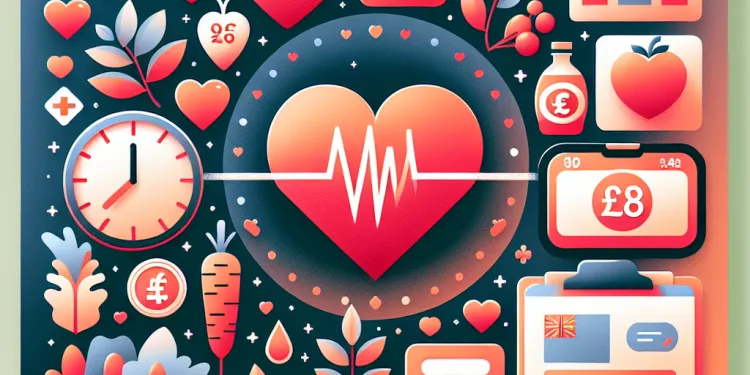
What lifestyle changes can lower blood pressure?
Relevance: 18%
-

Why is high blood pressure called a 'silent killer'?
Relevance: 18%
-

How do medications help control high blood pressure?
Relevance: 18%
-

How can I stop my neighbour's security camera pointing at my property?
Relevance: 17%
-

What if my neighbor claims the camera is for security but it points towards my property?
Relevance: 17%
-

Is using a pressure washer allowed during a hosepipe ban?
Relevance: 17%
-

Can high blood pressure lead to other health problems?
Relevance: 17%
-
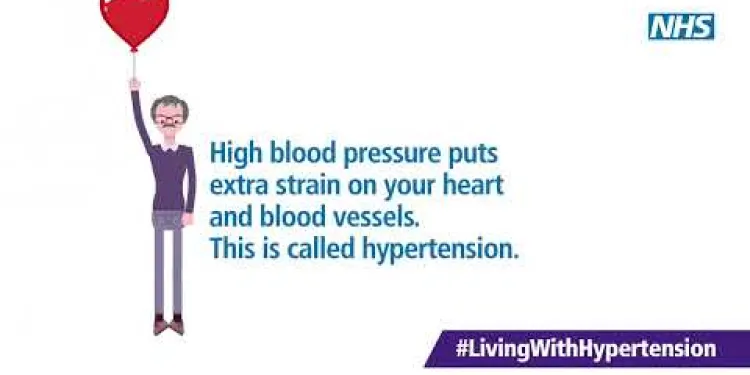
Blood pressure too high? Living with hypertension animation
Relevance: 17%
-

Can weight loss help reduce high blood pressure?
Relevance: 17%
-
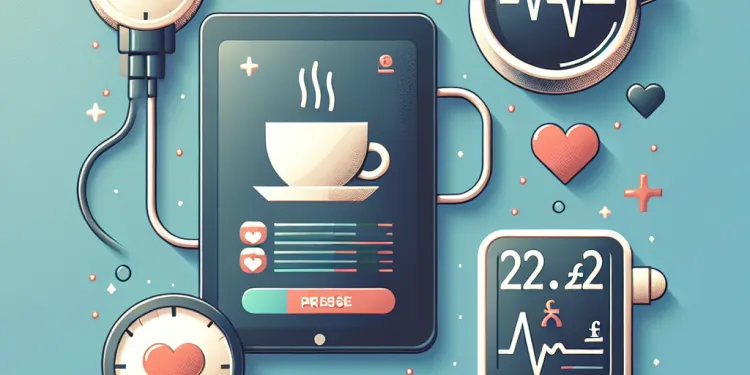
Are there any other factors in coffee that may affect blood pressure?
Relevance: 17%
-

Pressure ulcer prevention: A guide for patients, carers and healthcare professionals
Relevance: 17%
-
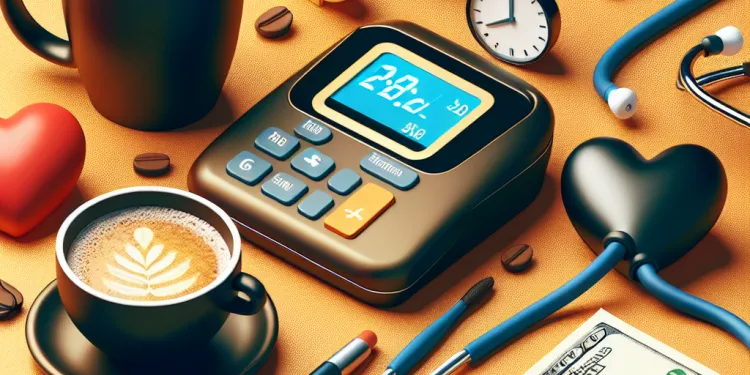
Should people with high blood pressure avoid coffee entirely?
Relevance: 17%
-

How can one minimize the impact of coffee on blood pressure?
Relevance: 17%
-

Is Your Morning Coffee a Risk Factor for High Blood Pressure?
Relevance: 17%
-

Is green tea a better alternative to coffee for blood pressure management?
Relevance: 17%
-

How soon after drinking coffee can blood pressure be affected?
Relevance: 16%
-

Is there a specific time of day when coffee has the most impact on blood pressure?
Relevance: 16%
Using Pressure Points to Relieve Nausea
What Are Pressure Points?
Pressure points, also known as acupoints, are specific areas on the body that are believed to be sensitive to pressure. They align with pathways used in acupuncture and can be stimulated for therapeutic purposes. Targeting these points can help alleviate various ailments, including nausea.
Understanding Nausea
Nausea is a common condition experienced by many people, typically characterised by a feeling of unease in the stomach and the urge to vomit. It can be caused by various factors such as motion sickness, pregnancy, medication, or stress. In the United Kingdom, it's crucial to have accessible and effective remedies for such a discomforting condition.
Key Pressure Points for Relieving Nausea
Neiguan (P6)
The Neiguan point, also known as Pericardium 6 (P6), is one of the most studied points for nausea relief. It is located on the inner forearm, three finger widths below the wrist crease, between the two tendons. Applying firm pressure to this point using the thumb or forefinger for a few minutes may help reduce nausea symptoms.
Zu San Li (ST36)
The Zu San Li, or Stomach 36 (ST36), is another effective point. Located four finger widths down from the bottom of your kneecap and one finger width to the outside of your shinbone, this point, when pressed, can alleviate nausea. It can be stimulated using firm pressure for about two to three minutes.
How to Apply Pressure
To properly stimulate the pressure points, use your thumb or forefinger to apply steady, firm pressure. You should feel a slight tenderness but not pain. Hold the pressure for 2-3 minutes, breathing deeply and relaxing. Repeat several times a day as needed.
Benefits and Considerations
Utilising pressure points offers a natural, non-invasive option to relieve nausea. It’s a useful alternative for those who prefer not to rely on medication or who experience frequent bouts of nausea. However, it's important to consult with a healthcare professional before trying any new treatment to ensure it’s appropriate for your individual health needs.
By understanding and using these pressure points, individuals across the UK can find a simple and effective approach to managing nausea.
Using Pressure Points to Feel Better from Nausea
What Are Pressure Points?
Pressure points are special spots on your body. Pressing these spots can help with feeling unwell. This is called using acupoints. Pressing these points can make you feel better when you're feeling sick to your stomach.
Understanding Nausea
Nausea means feeling like you might be sick or throw up. It makes your tummy feel funny. It can happen for many reasons like riding in a car, being pregnant, taking medicine, or being worried. It's important to have ways to feel better when this happens.
Where to Press to Feel Better
Neiguan (P6)
Neiguan is a pressure point you can use. It is inside your arm, three fingers below your wrist. Press here with your thumb or finger for a few minutes to feel better.
Zu San Li (ST36)
Zu San Li is another helpful point. It is four fingers below your knee, a little to the side. Press here firmly for about two or three minutes to help your tummy feel better.
How to Press the Points
Use your thumb or finger to press the points. Don't press too hard. It should not hurt. Hold the press for 2-3 minutes. Breathe in and out slowly and try to relax. You can do this a few times each day.
Good Things About Pressure Points
Pressing pressure points is a natural way to feel better without using medicine. This is great if you often feel sick to your stomach. Before trying, talk to a doctor to make sure it's safe for you.
By learning these pressure points, you can easily help yourself feel better from nausea.
Frequently Asked Questions
What is acupressure?
Acupressure is a traditional Chinese medicine technique that involves applying pressure to specific points on the body to relieve symptoms and improve health.
How can acupressure help with nausea?
Acupressure can help alleviate nausea by stimulating specific pressure points that are believed to disrupt the body's perception of nausea and provide relief.
What are the most commonly used pressure points for relieving nausea?
The most commonly used pressure points for nausea relief are P6 (Neiguan), ST36 (Zusanli), and PC6 (Inner Gate).
Where is the P6 (Neiguan) pressure point located?
The P6 (Neiguan) pressure point is located on the inner forearm, approximately three finger widths below the wrist between the two tendons.
How do I apply pressure to the P6 point to relieve nausea?
Use your thumb or index finger to apply firm pressure on the P6 point for several minutes while taking deep breaths.
Can anyone use pressure points to relieve nausea?
While most people can safely use acupressure, those who are pregnant, have certain medical conditions, or are on blood thinners should consult a healthcare professional first.
Are there any risks associated with using pressure points for nausea relief?
Generally, acupressure is safe, but it could cause slight bruising or soreness if too much pressure is applied. Always use cautious moderation.
Can acupressure be used in conjunction with other nausea treatments?
Yes, acupressure can often be used alongside other treatments such as medications or psychological strategies under the guidance of a healthcare provider.
How long should each acupressure session for nausea be?
Each acupressure session can last for a few minutes per point, and sessions can be repeated several times a day as needed.
Is there scientific evidence to support the effectiveness of acupressure for nausea?
Some studies have shown that acupressure can be effective in reducing nausea, particularly from pregnancy, chemotherapy, and postoperative conditions.
Can acupressure help with motion sickness?
Yes, acupressure can be effective in relieving symptoms of motion sickness by applying pressure to the appropriate points.
How quickly can I expect relief after using acupressure for nausea?
Relief can often be felt within a few minutes of applying pressure, though it may vary depending on the individual and the cause of nausea.
Do I need special training to perform acupressure on myself?
No special training is required, but it can be helpful to familiarize yourself with the location of the pressure points and proper technique.
Are there any devices available to assist with acupressure for nausea?
Yes, there are wristbands and other products available that apply constant pressure to the P6 point, often used for motion sickness and other types of nausea.
How can I learn more about using acupressure for nausea relief?
You can consult books on acupressure, take an online course, or speak with a trained acupuncturist or healthcare provider for more information and guidance.
What is acupressure?
Acupressure is a way to help your body feel better. It uses fingers to press on certain parts of your body. This can help with pain and stress.
If you find reading hard, try using pictures or videos to learn more about acupressure. Asking someone to read it with you can also help.
Acupressure is an old Chinese way to help people feel better. It means pressing certain spots on your body. This can help make pain go away and make you healthier.
How can acupressure help if you feel sick?
Acupressure is like a gentle massage. You press on a spot on your body. This can help when you feel like you might throw up.
Try pressing on the inside of your wrist. It is three finger-widths down from your palm. Push gently and hold for a little while.
Tools can help too. You can use a special wristband, like a Sea-Band, to press the spot for you.
Remember to ask an adult or a doctor if you want to try it or if you feel very sick.
Acupressure can help stop feeling sick. It works by pressing on special spots on your body. This can help make the sick feeling go away.
What are the best pressure points to help with feeling sick?
The best spots to press to help make a sick tummy feel better are called P6 (Neiguan), ST36 (Zusanli), and PC6 (Inner Gate).
Where can I find the P6 (Neiguan) pressure point?
You can find the P6 pressure point on your wrist. Look at the inside of your arm. Measure three finger widths down from your wrist crease. The spot between the two tendons is the P6 point.
If you need help, ask a friend or a family member to help you find it.
The P6 point is a special spot on your inner arm. It is about as far down as three fingers below your wrist. It's between two soft bands you can feel under your skin called tendons.
How can I press the P6 point to feel less sick?
Use your thumb or your pointer finger. Press down hard on the P6 point for a few minutes. Breathe in and out slowly while you do this.
Can everyone use pressure points to feel less sick?
Pressure points are special spots on your body. You can press them to help feel better. Some people use them to stop feeling sick. This is called nausea.
If you feel really sick, ask a grown-up for help. Or see a doctor. They can tell you what to do.
Tools like wristbands can also help. These bands press on the right spot to make you feel less sick.
Always be gentle when pressing on these spots.
Remember, everyone is different. It helps some people but not everyone.
Most people can use acupressure safely. But if you are pregnant, have health problems, or take blood thinners, talk to a doctor first.
Is it safe to use pressure points to help with feeling sick?
Sometimes people press points on their body to help when they feel sick. This is called using pressure points. Most of the time, it is safe. But, just like anything, there can be some things to watch out for.
Here are some tips:
- Ask a doctor to make sure it's okay for you.
- Don't press too hard. It should not hurt.
- If you feel worse, stop and tell an adult.
Using a soft blanket or pillow while doing this can help you feel cozy. Deep breathing can also help you feel more relaxed.
Acupressure is usually safe. But if you press too hard, it can make your skin sore or bruised. Be gentle and careful when you do it.
Can you use acupressure with other sickness treatments?
Yes, you can use acupressure with other treatments to help with sickness (feeling like you need to vomit).
Ask a doctor or nurse what treatments work well together.
Here are some tips:
- Try deep breathing to relax.
- Drink some water or ginger tea.
- Rest in a quiet place if you can.
Yes, you can use acupressure with other treatments. These treatments can be medicine or ways to help the mind. Always ask a healthcare provider for help.
How long should you do acupressure for feeling sick?
When you feel sick, you can try acupressure to help. Press on special points on your body for about 5 to 10 minutes.
If you want help, you can use a timer or ask a friend. You can also listen to calming music while you do it.
When you do acupressure, it can take a few minutes on each spot. You can do it more than once a day if you need to.
Does acupressure help with feeling sick? What does science say?
Scientists study things to understand if they work. Does pressing the right spots on your body help with feeling sick? This is what we want to know.
If you are curious about acupressure, you can ask someone like a doctor or an adult you trust. You can also look for simple videos or pictures to show you where to press safely. Remember to be gentle and stop if it hurts.
Some studies say that pressing certain spots on your body can help stop feeling sick. This is especially true if you are pregnant, having cancer treatment, or just had an operation.
Can pressing on certain points help with feeling sick when moving?
Sometimes people feel sick when traveling, like in a car or boat. Pressing on specific spots on your body might help you feel better. You can try using your fingers to press on your wrist. You could also use a wristband made to help with this. These methods might make you feel less sick. Remember to talk to a grown-up or doctor if you feel very sick often. They can help you find the best way to feel better.
Yes, pressing on certain spots on your body can help if you feel sick from moving, like in a car. This is called acupressure.
How fast will I feel better after using acupressure for feeling sick?
Using acupressure can help when you feel like you might be sick. It is a way to press on certain parts of your body to feel better. Usually, people might feel better in a short time. Sometimes it can take a little longer.
Try these things to help:
- Watch a video on how to do acupressure.
- Ask a friend or family member for help.
- Use a simple chart to find the right spots to press.
You might feel better a few minutes after pressing on the right spot. But, it can be different for everyone. It depends on why you feel sick to your stomach.
Do I need special training to do acupressure on myself?
You don’t need special training. But it’s good to learn where the pressure points are and how to use them right.
Can I use a tool to help with feeling sick?
There are special tools that can help if you feel sick. These tools press on certain points on your body. This can help make the feeling go away. You can try these to see if they help you feel better.
Sometimes people use wristbands or small devices to press on these points. If you think you want to try this, ask someone you trust to help you find a good tool.
Yes, there are wristbands and other things you can wear. They press on a part of your wrist that helps if you feel sick, like when you're in a car or have a tummy ache.
How can I learn about using acupressure to feel better when feeling sick?
Here are some tips to help you:
- Look at simple pictures or videos online. They show where to press.
- Ask a grown-up to press the spots on your wrist or tummy softly.
- Use special bracelets. They press the spot to help you feel better.
- Practice with a friend or family. Ask them to teach you.
Remember to always ask a doctor if you have questions!
You can read books about acupressure. You can also take an online class. Talking to a trained acupuncturist or a healthcare worker can help too. They can give you more information and advice.
Useful Links
- Ergsy carfully checks the information in the videos we provide here.
- Videos shown by Youtube after a video has completed, have NOT been reviewed by ERGSY.
- To view, click the arrow in centre of video.
- Most of the videos you find here will have subtitles and/or closed captions available.
- You may need to turn these on, and choose your preferred language.
- Go to the video you'd like to watch.
- If closed captions (CC) are available, settings will be visible on the bottom right of the video player.
- To turn on Captions, click settings .
- To turn off Captions, click settings again.
More Items From Ergsy search
-

Using pressure points to relieve nausea
Relevance: 100%
-

Is nausea a frequent side effect of Ozempic?
Relevance: 31%
-

Are there grants for businesses to install charging points?
Relevance: 25%
-

How to take someone's blood pressure
Relevance: 22%
-

How can I tell if a security camera is pointing at my property?
Relevance: 21%
-

What causes high blood pressure?
Relevance: 20%
-

What is high blood pressure?
Relevance: 20%
-

Are there any self-tests for eye pressure?
Relevance: 20%
-

Seven Reaasons For Measuring blood pressure
Relevance: 19%
-

Can my neighbour legally point a security camera at my property?
Relevance: 19%
-

How is high blood pressure diagnosed?
Relevance: 19%
-

Can high blood pressure be prevented?
Relevance: 19%
-

Does caffeine affect blood pressure?
Relevance: 19%
-

What are the risks of having high blood pressure?
Relevance: 18%
-

Is it safe to take blood pressure medication with coffee?
Relevance: 18%
-

Can stress cause high blood pressure?
Relevance: 18%
-

How does diet affect blood pressure?
Relevance: 18%
-

What is the role of peer pressure in binge drinking?
Relevance: 18%
-

How often should I check my blood pressure?
Relevance: 18%
-

What is the role of potassium in managing blood pressure?
Relevance: 18%
-

How does caffeine affect blood pressure?
Relevance: 18%
-

How can high blood pressure be treated?
Relevance: 18%
-

Can decaffeinated coffee affect blood pressure?
Relevance: 18%
-

What lifestyle changes can lower blood pressure?
Relevance: 18%
-

Why is high blood pressure called a 'silent killer'?
Relevance: 18%
-

How do medications help control high blood pressure?
Relevance: 18%
-

How can I stop my neighbour's security camera pointing at my property?
Relevance: 17%
-

What if my neighbor claims the camera is for security but it points towards my property?
Relevance: 17%
-

Is using a pressure washer allowed during a hosepipe ban?
Relevance: 17%
-

Can high blood pressure lead to other health problems?
Relevance: 17%
-

Blood pressure too high? Living with hypertension animation
Relevance: 17%
-

Can weight loss help reduce high blood pressure?
Relevance: 17%
-

Are there any other factors in coffee that may affect blood pressure?
Relevance: 17%
-

Pressure ulcer prevention: A guide for patients, carers and healthcare professionals
Relevance: 17%
-

Should people with high blood pressure avoid coffee entirely?
Relevance: 17%
-

How can one minimize the impact of coffee on blood pressure?
Relevance: 17%
-

Is Your Morning Coffee a Risk Factor for High Blood Pressure?
Relevance: 17%
-

Is green tea a better alternative to coffee for blood pressure management?
Relevance: 17%
-

How soon after drinking coffee can blood pressure be affected?
Relevance: 16%
-

Is there a specific time of day when coffee has the most impact on blood pressure?
Relevance: 16%


